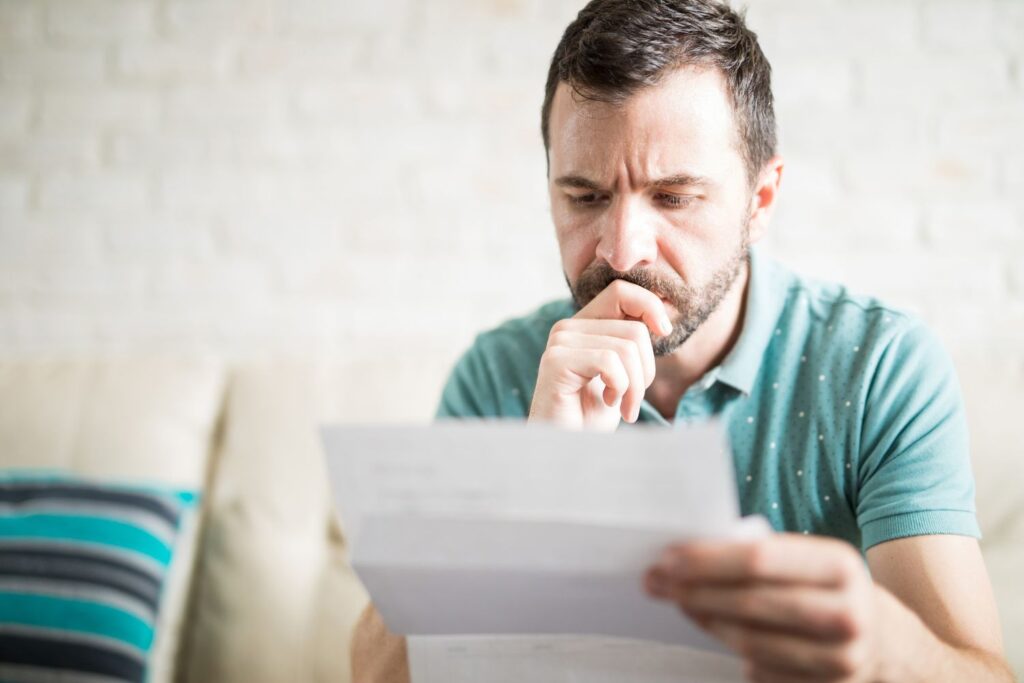Job loss can throw your finances for a loop even if you’re a meticulous budgeter. You have to re-evaluate your spending and your priorities, and this can be especially difficult because losing a job often takes a heavy emotional toll. Expanded unemployment benefits have been a lifeline for millions of Americans throughout the COVID-19 pandemic.
There’s no one-size-fits-all solution for surviving on an unemployment budget. But there are some effective strategies for how to spend your benefits, how to adjust your budget, and which expenses you should prioritize.
How Unemployment Benefits Work
The U.S. Department of Labor oversees the unemployment insurance system, but each state administers its own program, sets its own rules, and provides most of the funding. A typical state unemployment program will replace about half your average wages for up to 26 weeks during ordinary times, but benefits can vary widely.
Note
Average weekly unemployment benefits were $387 in February 2020 before job losses became widespread due to COVID-19. Mississippi offered the lowest weekly benefit at $215, while Massachusetts paid the highest at $550 per week.
The Coronavirus Aid, Relief and Economic Security Act (CARES Act) provided $600 a week of federal funds for unemployed workers on top of their regular state benefits. About 76% of unemployed workers were eligible to make more from unemployment than they had earned from the jobs they’d lost. This weekly supplement expired in July 2020.
A relief bill to assist with unemployment was passed in December 2020. It supplemented regular state benefits with an extra $300 a week, plus $100 for some self-employed workers, and it ran through March 14, 2021.
The American Rescue Plan, passed in March, provided an extra $300 a week through September 6, 2021.
First Plan for Taxes
Your jobless benefits are taxable income for federal tax purposes, although this rule was waived in 2020 for unemployment benefits up to $10,200 for those with adjusted gross incomes (AGIs) of not more than $150,000. You must report any unemployment compensation when you file your tax return going forward. You can elect to have 10% of your benefits withheld for taxes by filling out Internal Revenue Service (IRS) Form W-4V, but this is voluntary. It won’t happen unless you request it.
There’s no guarantee that 10% will cover your tax obligation, and you don’t have the option of having more money withheld. Thirty-five states also tax unemployment benefits.
Note
Your benefits are not subject to the payroll taxes that fund Social Security and Medicare.
It might make sense to have tax withheld from your benefits if this would still leave you with enough money to pay your basic expenses and needs. This would save you some tax liability down the line. But not having taxes withheld is often the better move if you’re struggling to pay your bills, according to Leslie Tayne, a New York-based debt settlement attorney and founder of the Tayne Law Group.
“If receiving untaxed unemployment benefits will prevent you from choosing a predatory loan or having to borrow money with excessive interest, it might make sense to avoid withholding and [to owe] money when filing your taxes,” Tayne said.
It’s essential that you file a tax return anyway to avoid additional penalties and interest, even if you can’t afford to pay what you owe at tax time.
Note
The IRS offers various payment plan adjustments and tax repayment breaks for people who owe taxes. It may also waive installment plan setup fees if your income is equal to or less than 250% of the federal poverty level.
Adjust Your Spending
Consider which expenses you need to survive when creating an unemployment budget. Tayne suggests ranking expenses from the most to the least important. “Groceries, mortgage and rent payments, utilities, and health insurance are essential,” she said. “If you’ve been paying down credit card debt and face unemployment, shift the focus to more important bills and pay the minimum on credit cards, if needed.”
Take a hard look at the expenses that show up on the “least important” end of your list and consider what you can cut, like a gym membership, subscription, or streaming service. You may be able to find ways to cut costs even on basic expenses, particularly on groceries.
“Consider shopping at low-cost grocery stores in your area, where available, such as Lidl and Aldi,” Tayne said. “Food staples are often much cheaper there compared to regular grocery stores.”
Other options during tough times include getting groceries from a food pantry or sharing meals with family and friends. You may also be able to save on medications by switching to generics or using a prescription discount card.
Prioritize Your Rent
It’s essential to prioritize rent in your unemployment budget. A nationwide ban on evictions was extended by the Centers for Disease Control and Prevention (CDC) through September 30, 2021, but the U.S. Supreme Court overruled that extension on August 26, 2021, ending the moratorium. The Court’s decision was made on the grounds that the CDC had overstepped its authority.
And the moratorium did not prevent unpaid rent from continuing to accrue. It simply ruled that tenants could not be evicted for not paying during that time. Landlords were additionally entitled to apply late fees, penalties, and interest to the periods when rent went unpaid. Tenants might have found that they owed a mountain of debt to their landlords as the moratorium ended. Landlords have been free to file or resume eviction proceedings since August 26.
Note
These rules don’t necessarily apply if you live in federally subsidized housing. And many states have their own programs in place for low- and moderate-income households that remain in place despite the Supreme Court’s federal decision.
Ask for Hardship Agreements
Ask your bank or credit card lender for a hardship agreement if your unemployment benefits don’t cover all your bills. Many banks are no longer advertising COVID-19 relief programs, but they may still allow you to spread out or push back payments on a case-by-case basis.
You may be able to pause or reduce your payments for up to 360 days if you’re a homeowner affected by COVID-19 and your mortgage is federally backed or insured.
Note
You’ll be responsible for paying back any mortgage payments that you pause during forbearance.
Build Your Emergency Fund
Job loss is one of the primary reasons to have an emergency fund. Consider putting money toward this rainy day fund before you pay more than the minimums on your debt if you have any money left over after taking care of the essentials. It will provide you with a safety net in the event that your unemployment benefits expire before you find your next job.
Having secure housing, keeping your utilities on, and maintaining adequate food and health care are all more important than paying off debt. Saving cash now helps to ensure that you can cover these necessities or unexpected expenses without going deeper into debt.
Focus on High-Interest Debt
You can turn to your high-interest debt after you have three to six months’ worth of expenses tucked away. Prioritize the debts with the highest interest rates. That will be credit card debt for most people.
Payments and interest on student loans owned by the Department of Education were suspended through Jan. 31, 2022, in response to the COVID pandemic. This relief was again extended until Aug. 31, 2022. Consider taking advantage of this moratorium to build your emergency fund, then pay down other debt accruing interest if you have federal student loans.
Note
Contact your servicer to ask whether it offers hardship programs if you have private student loans.
The Bottom Line
Unemployment compensation is usually meager. Relief measures made benefits more generous than usual, at least for a while, but expanded benefits still don’t stretch far enough for some people. It’s essential to ask for hardship agreements and scrutinize your spending if your benefits don’t stretch far or last long enough to pull you through the crisis.
Read the full article here












